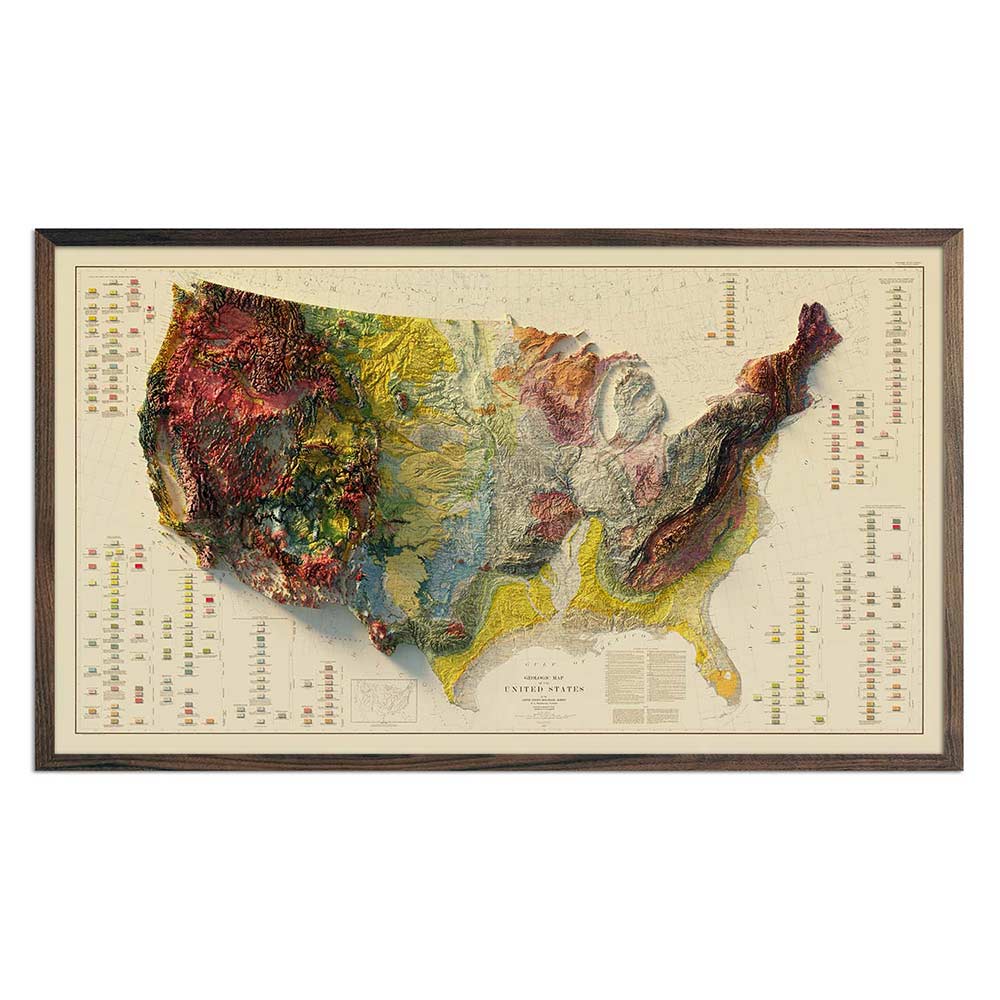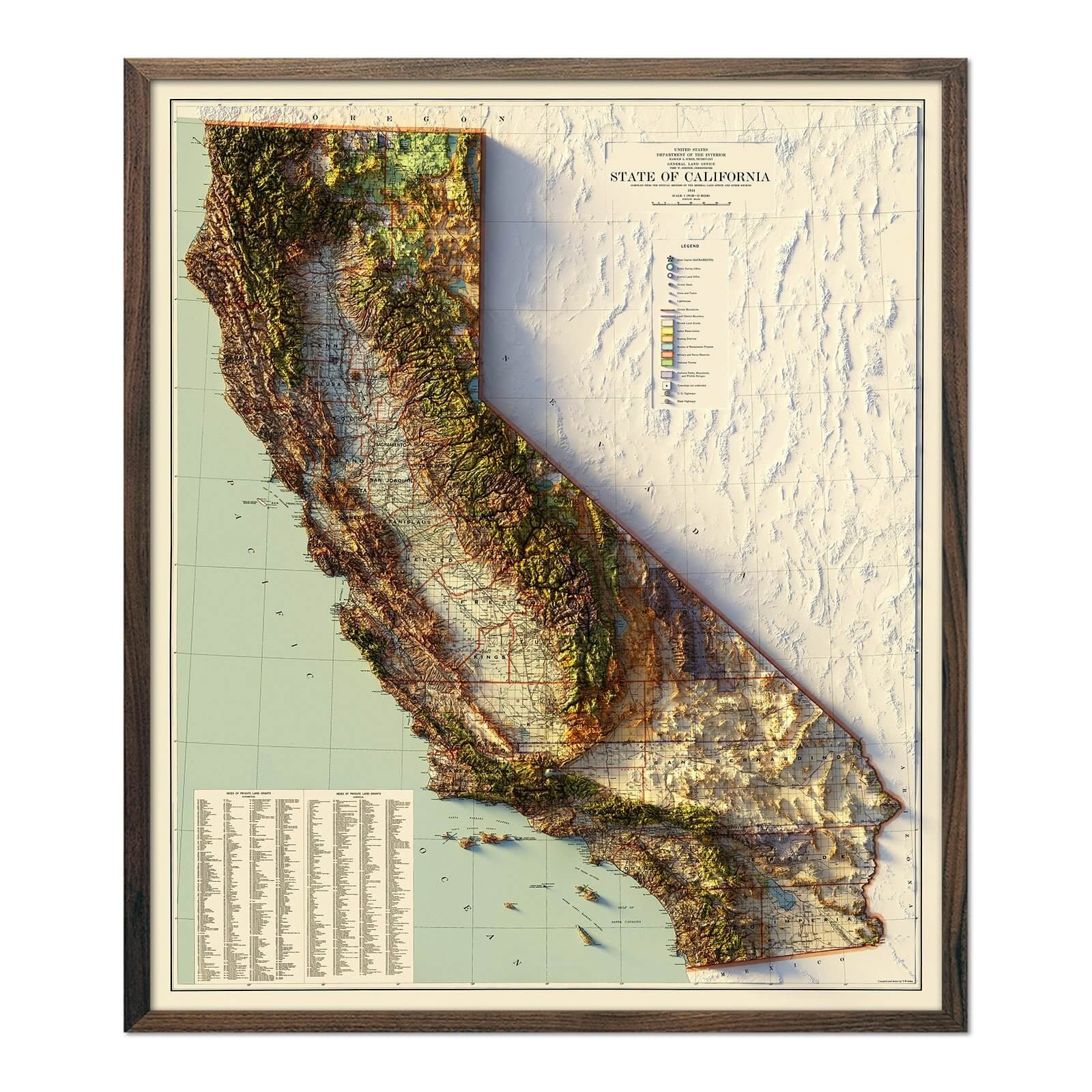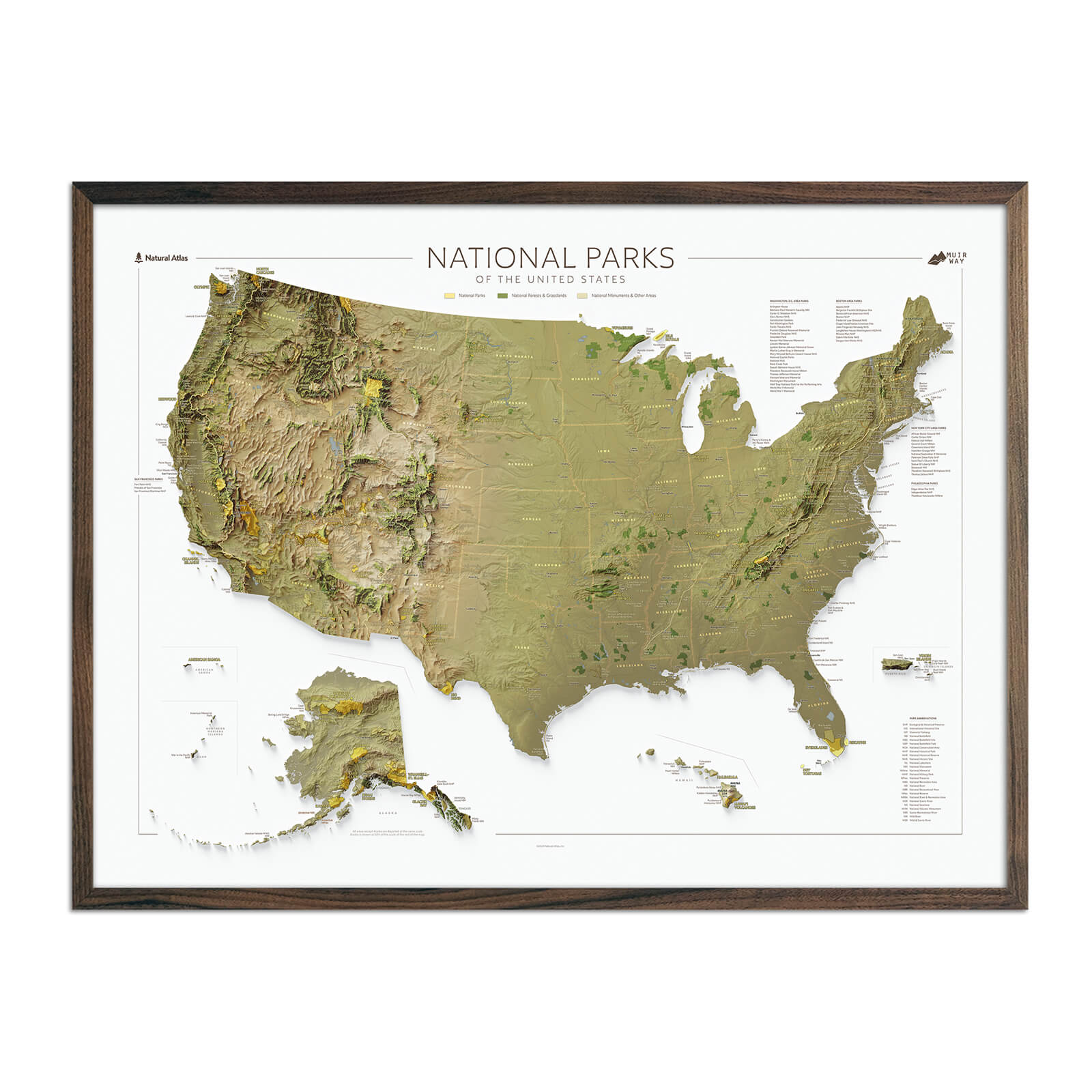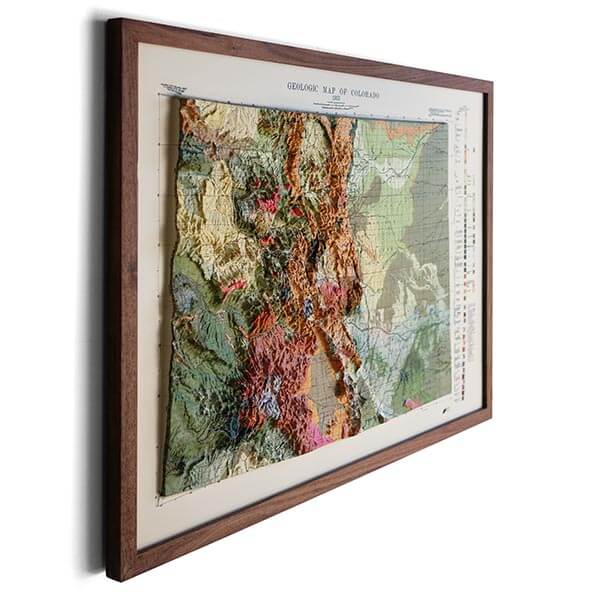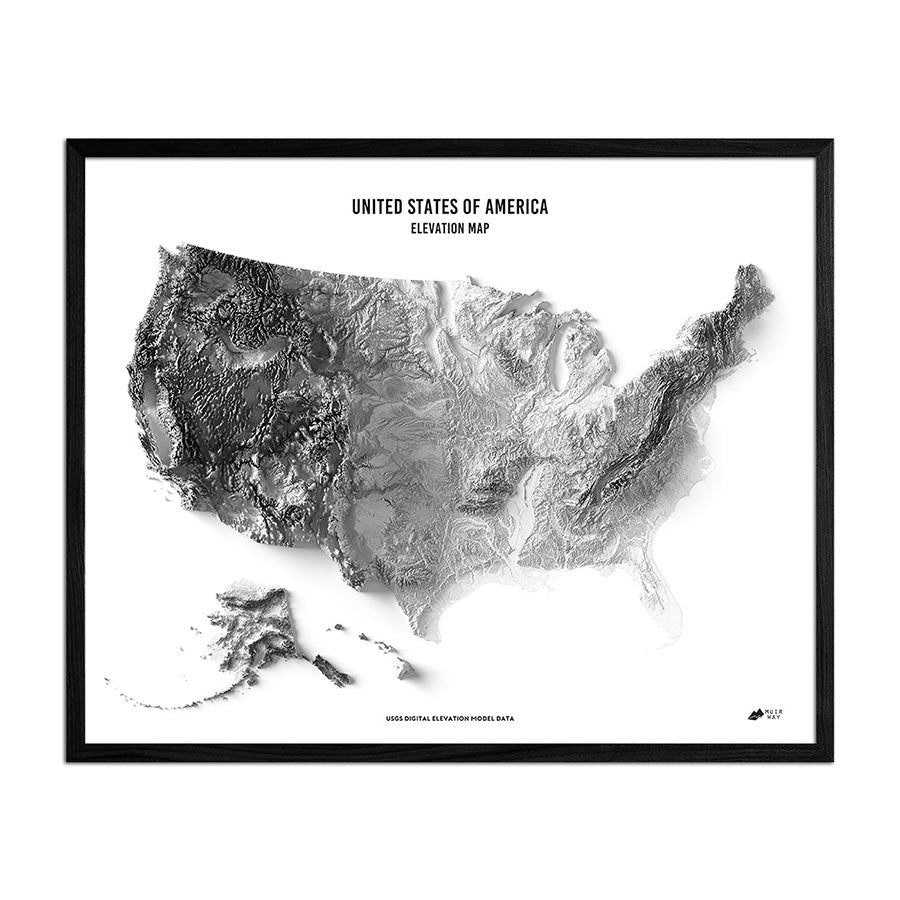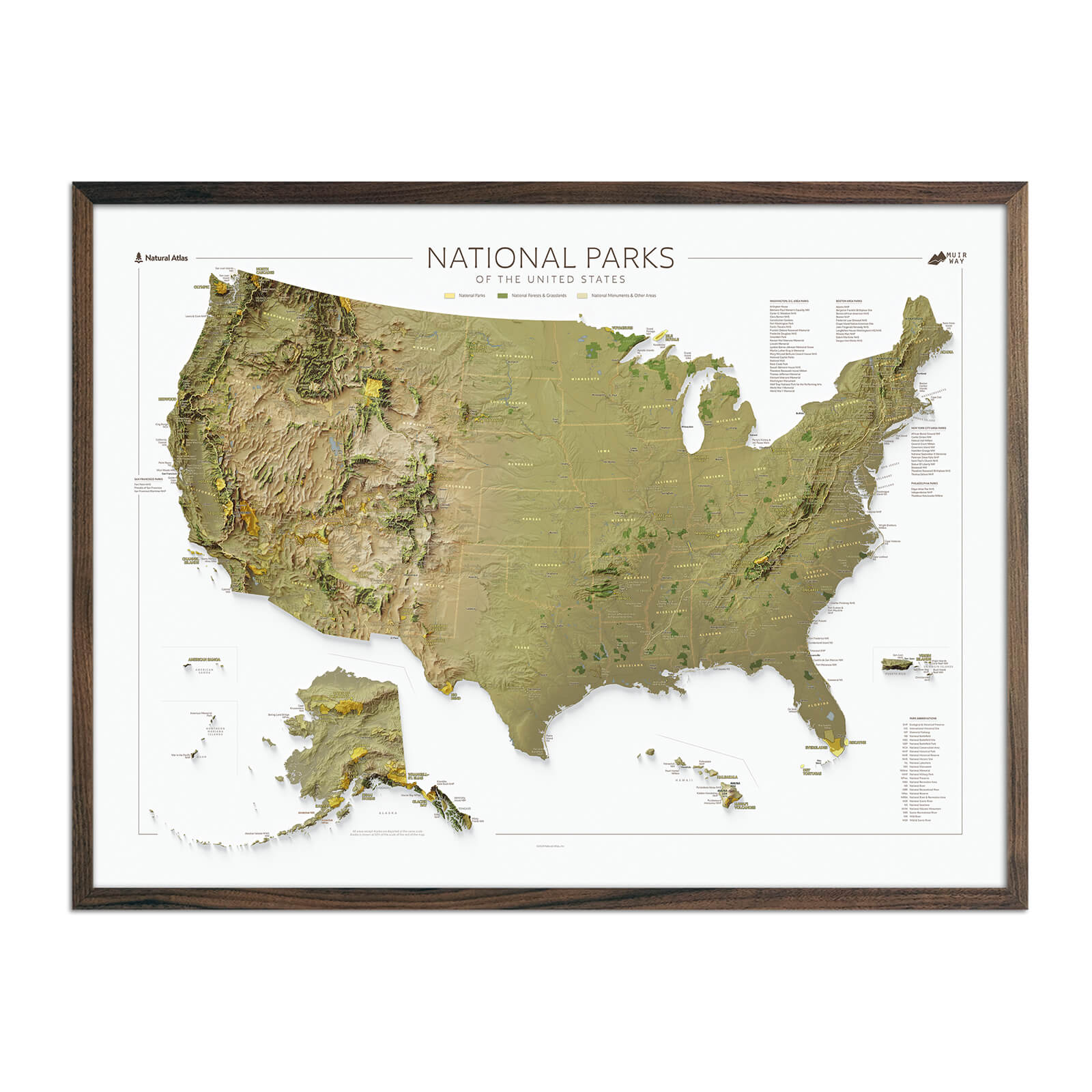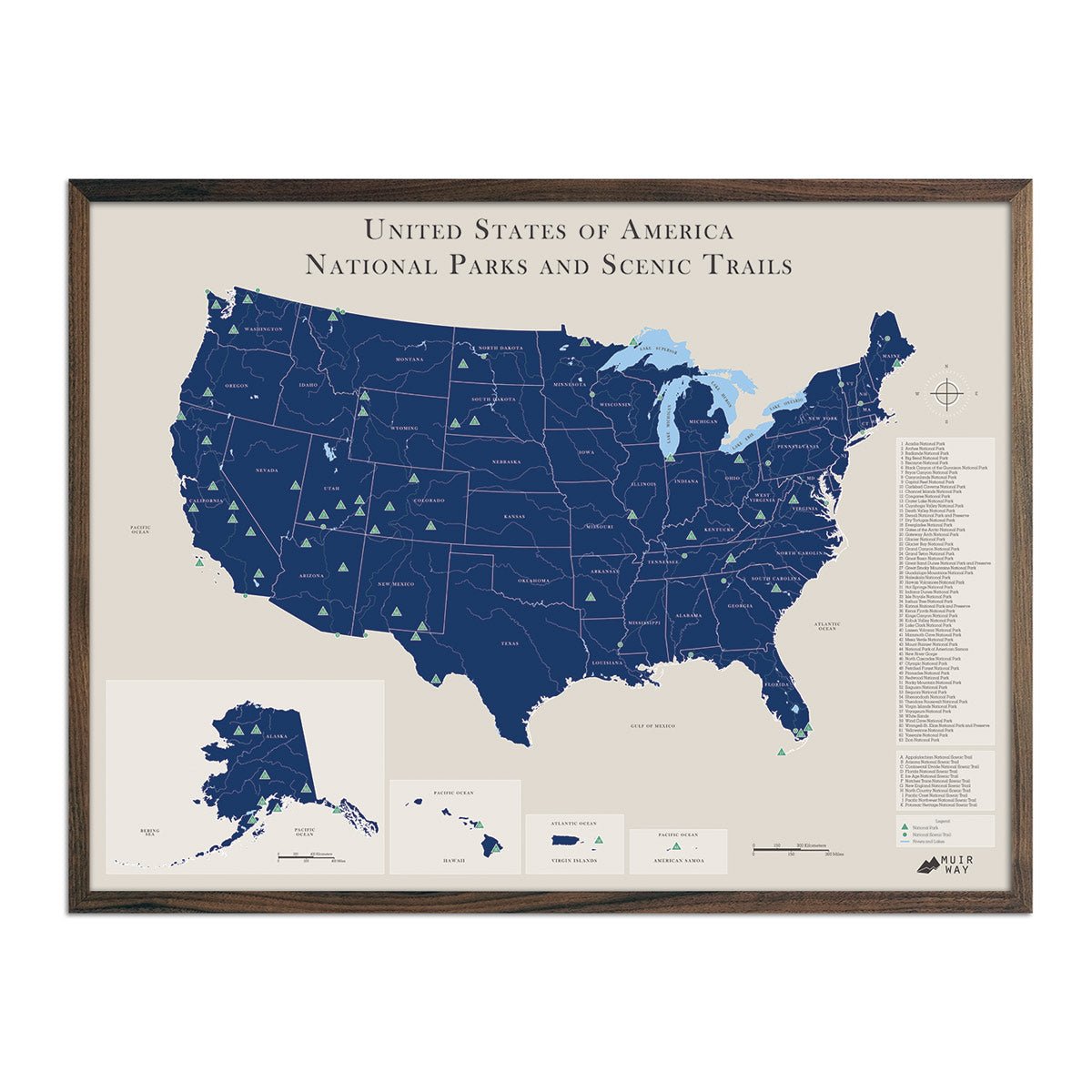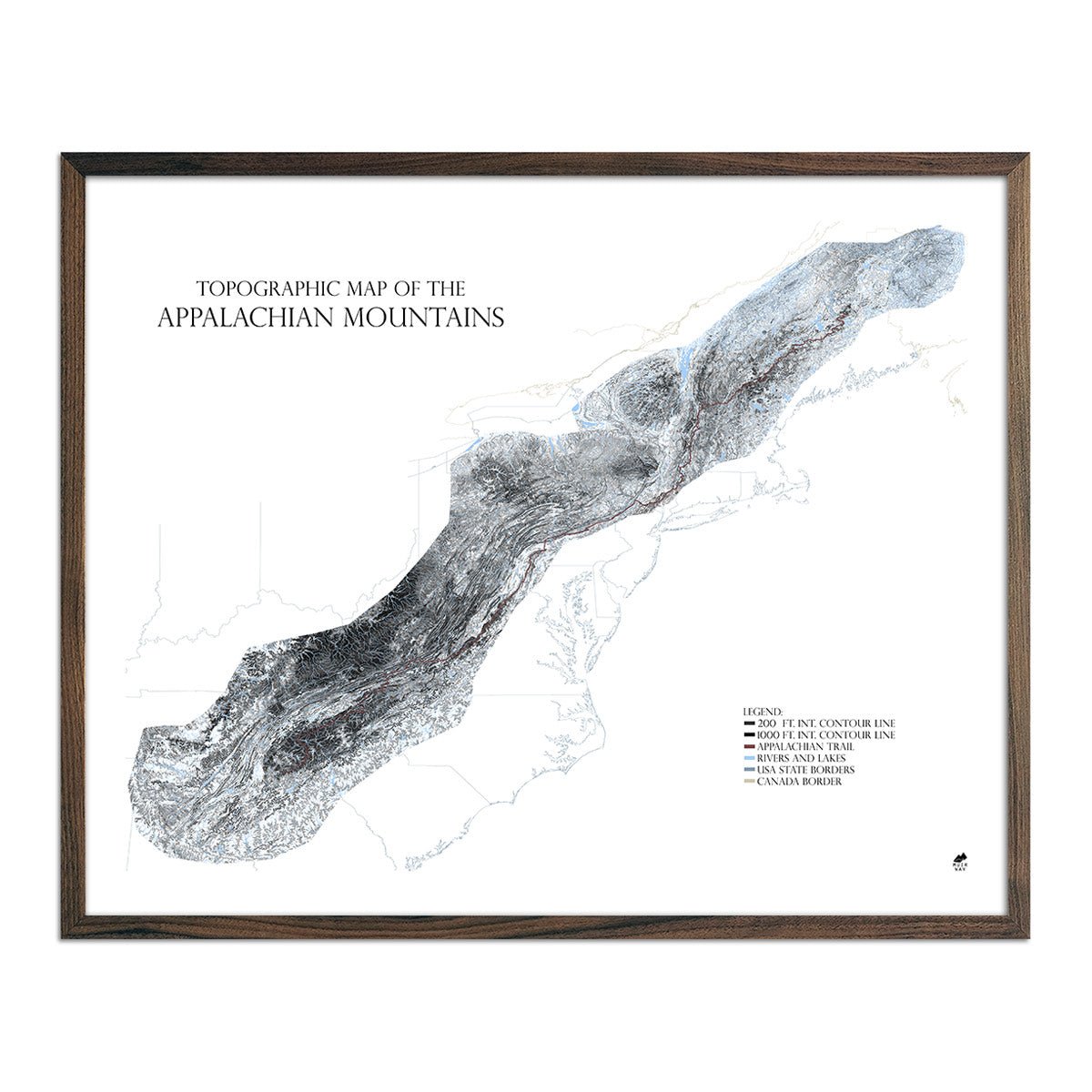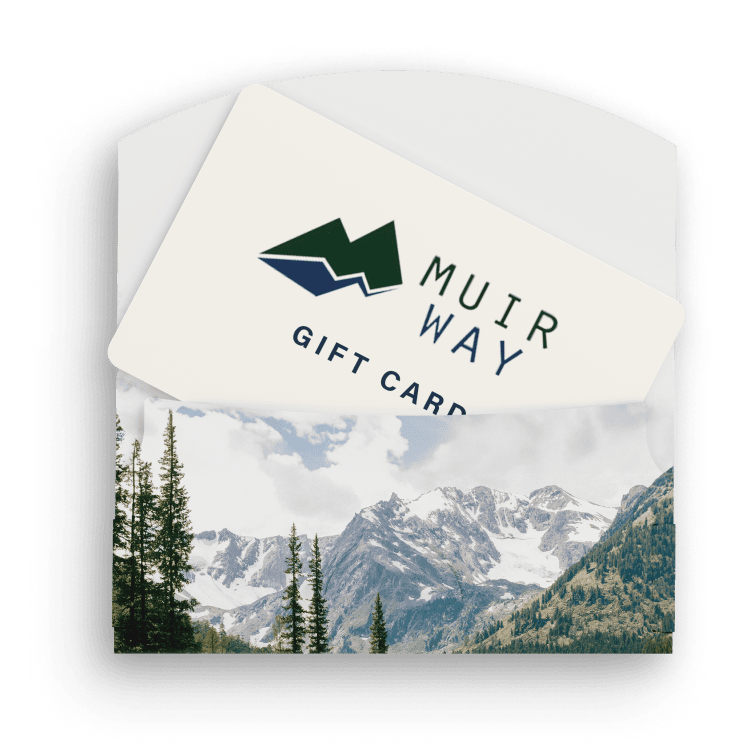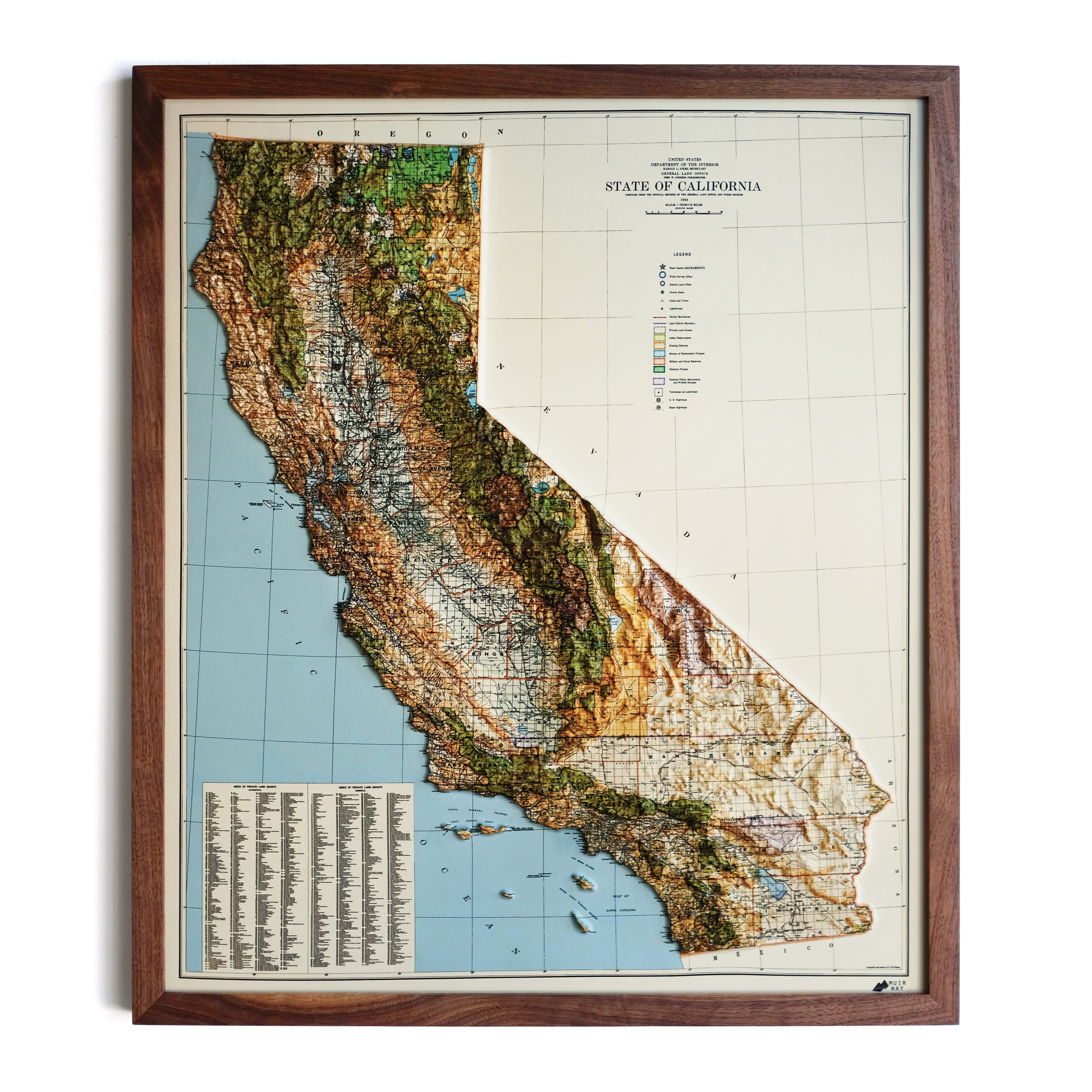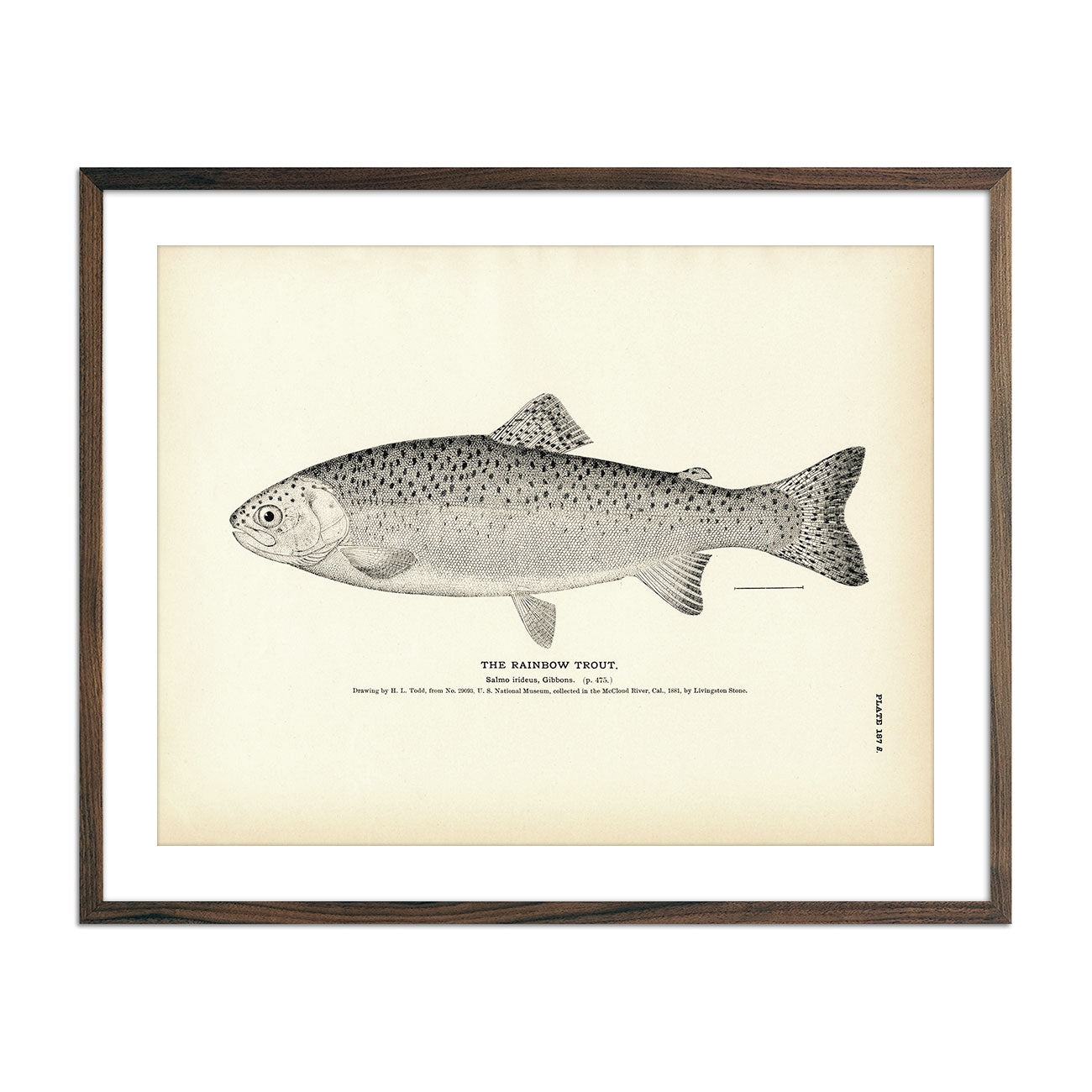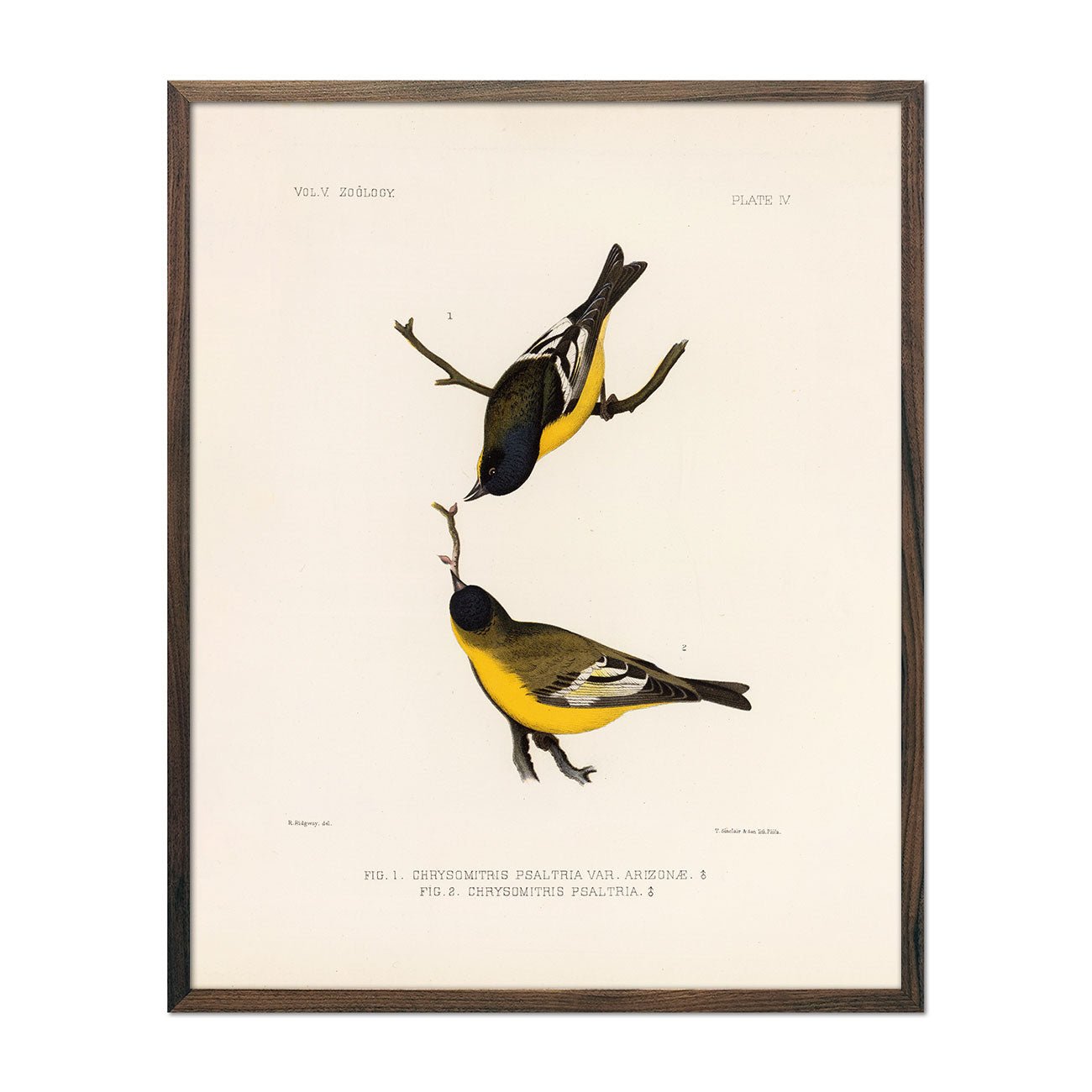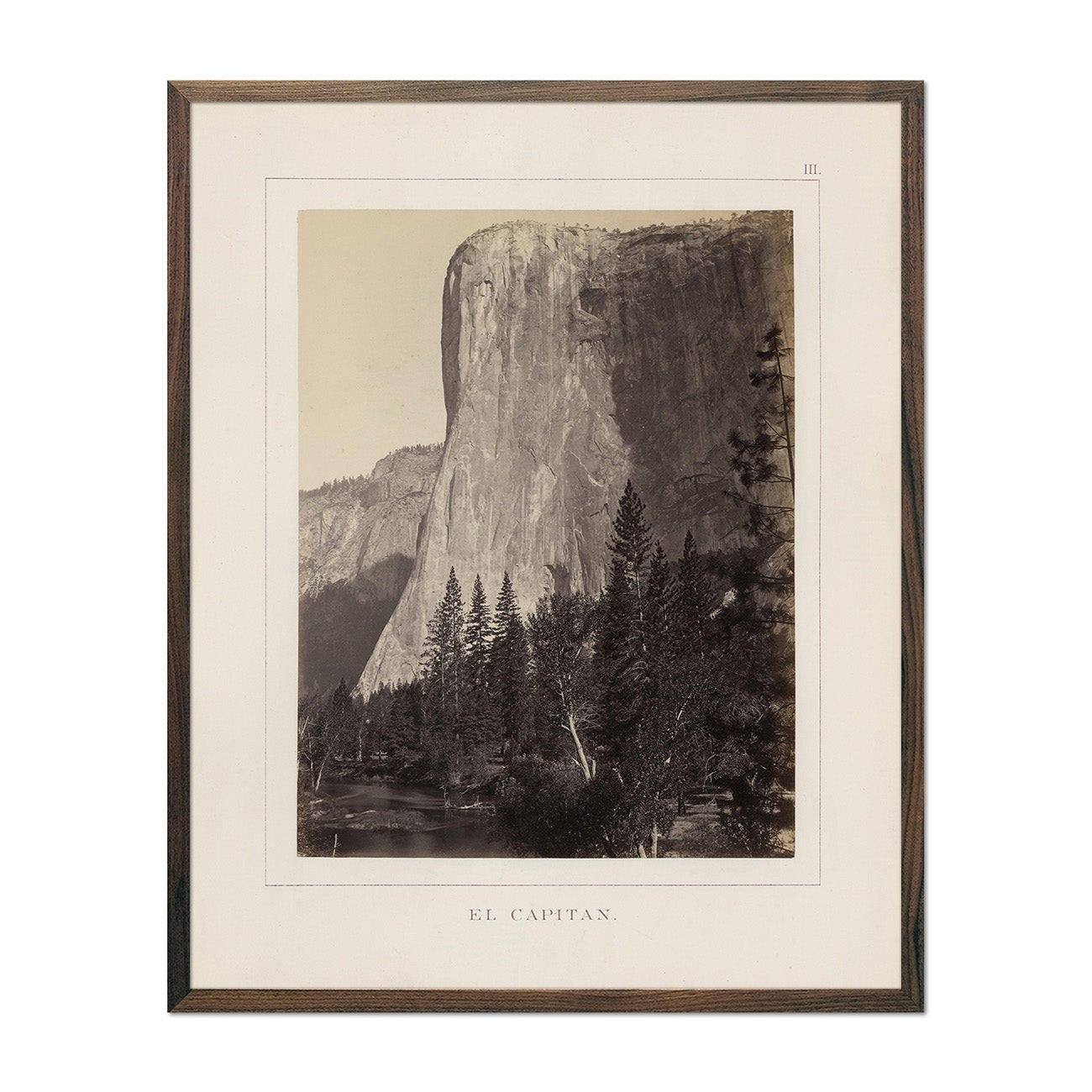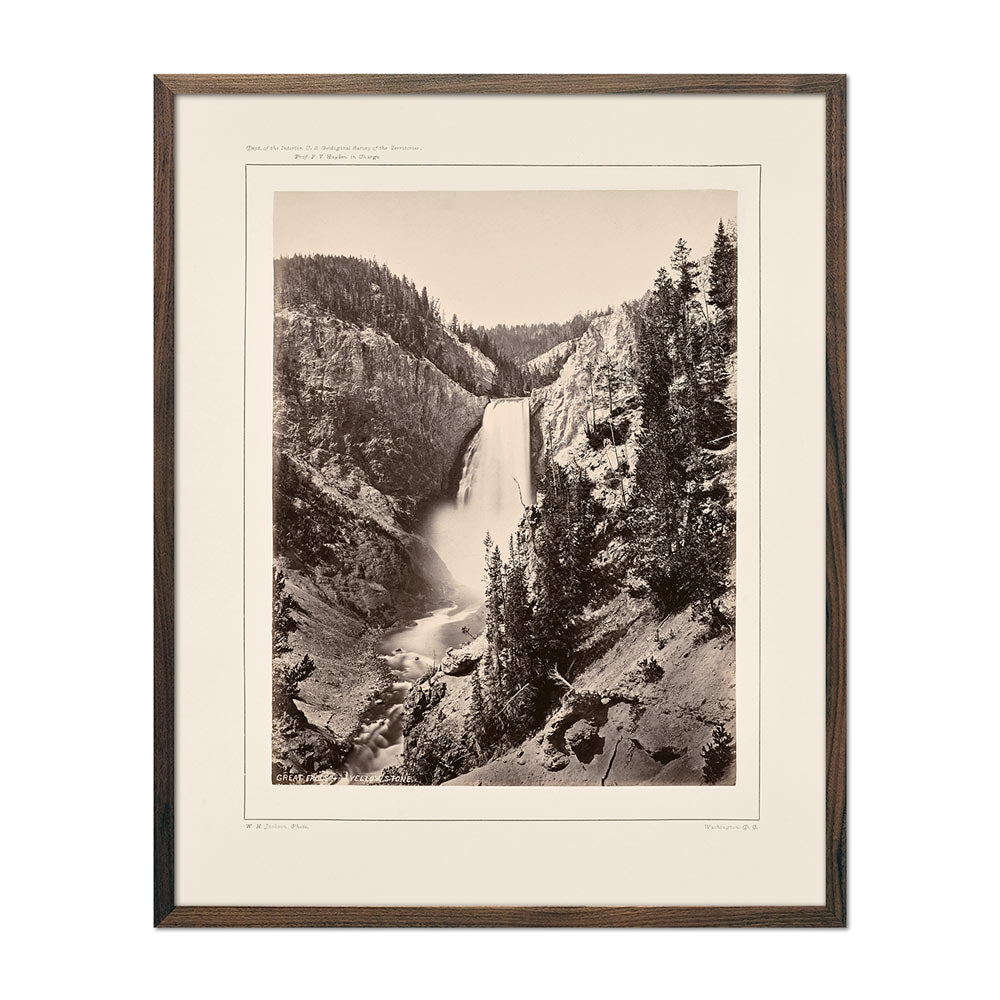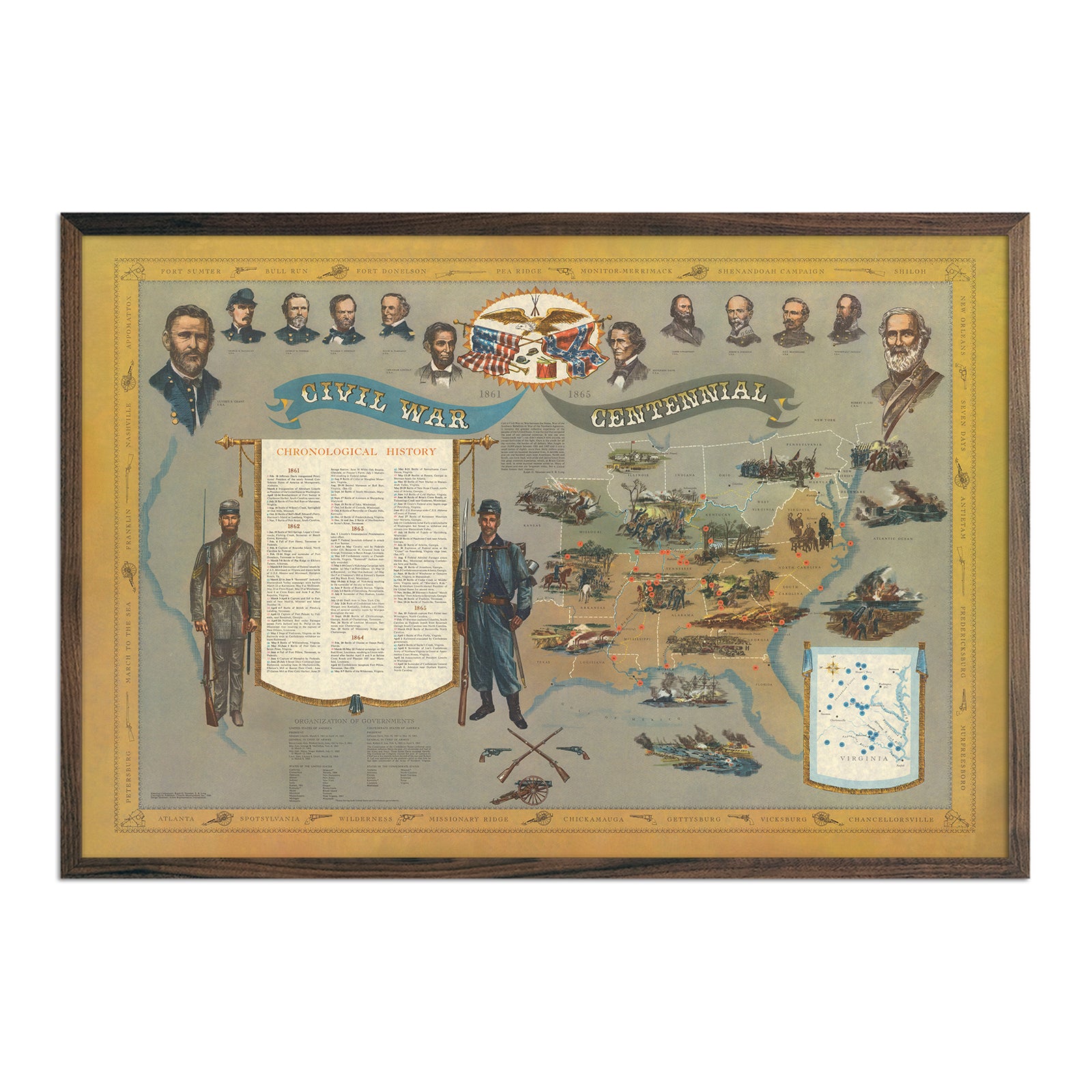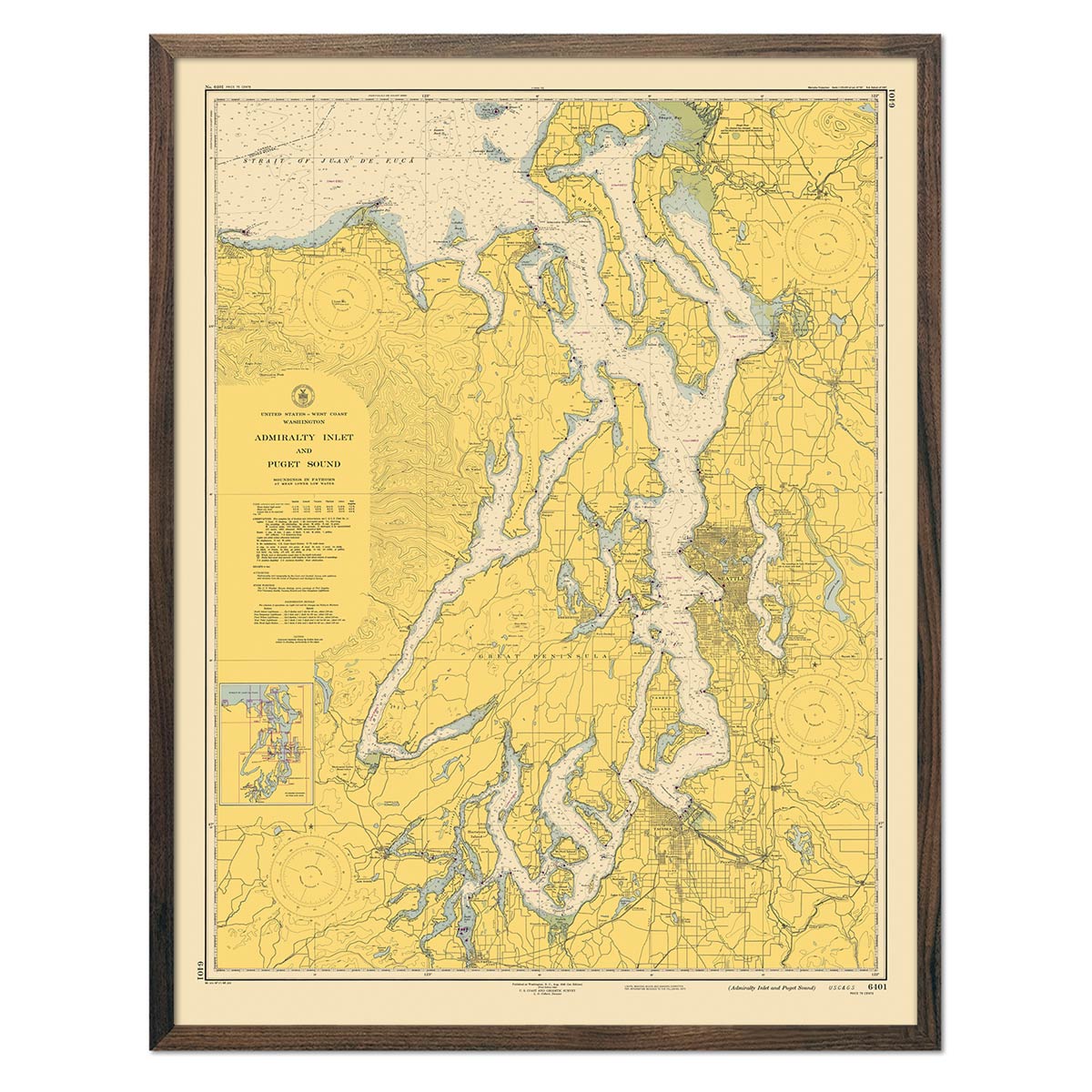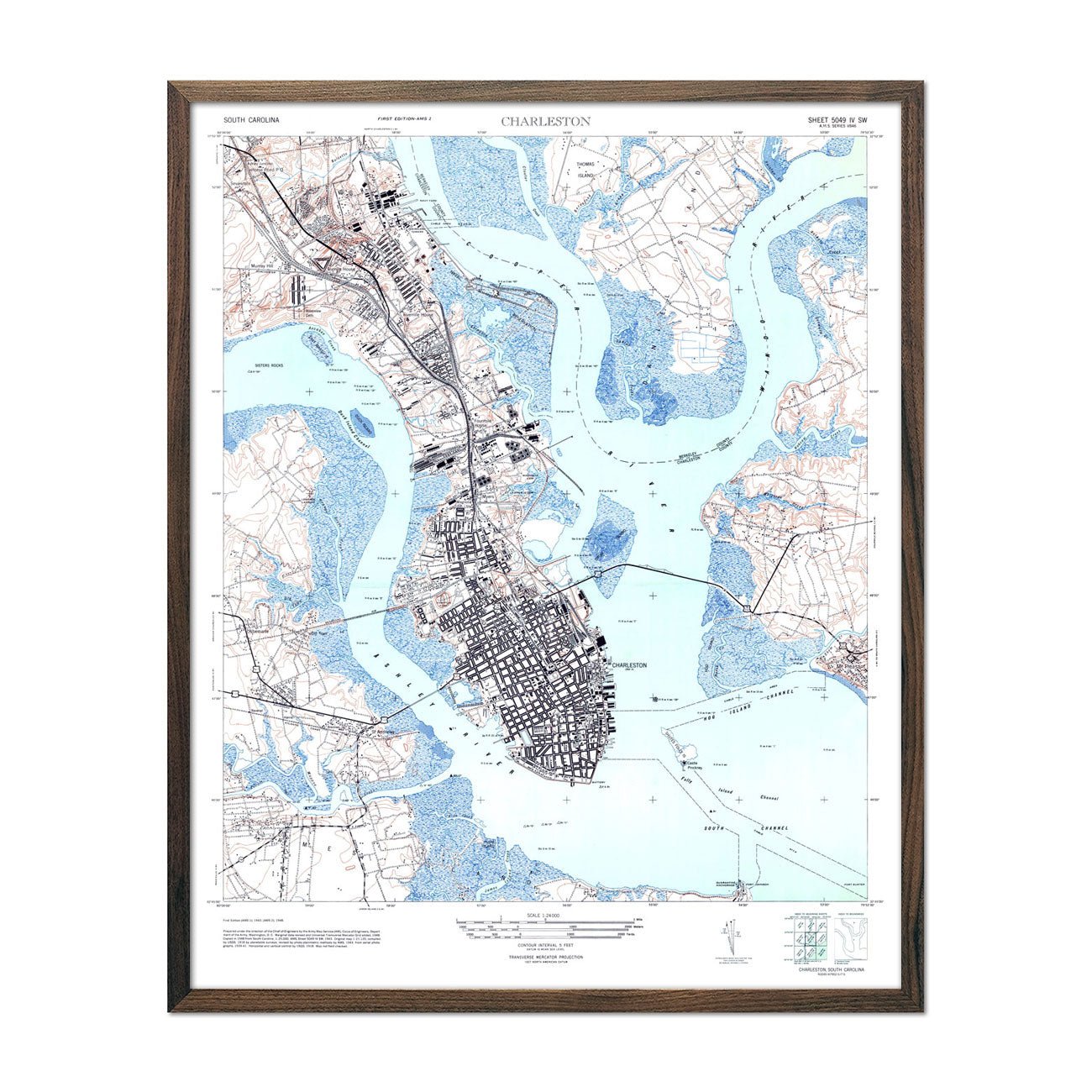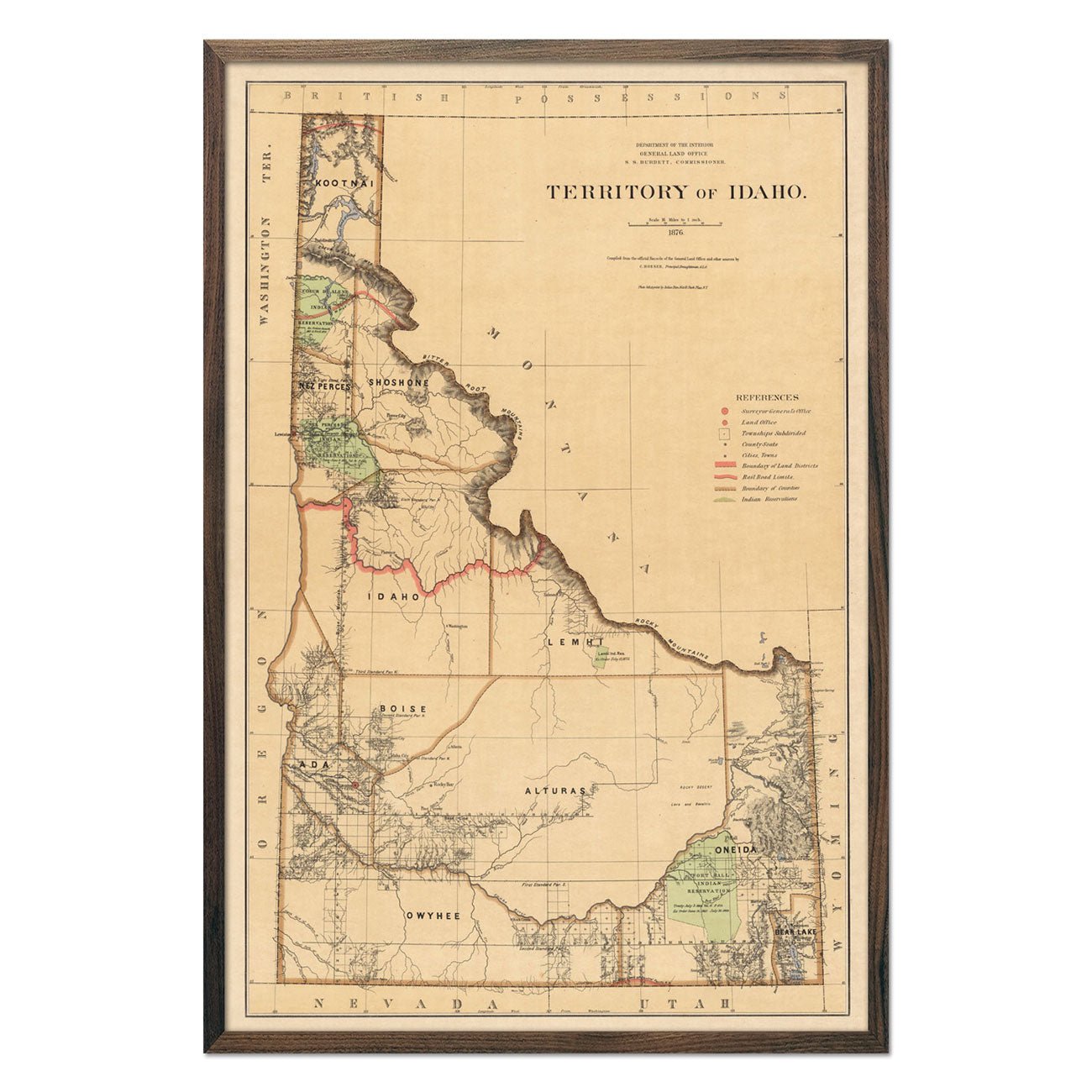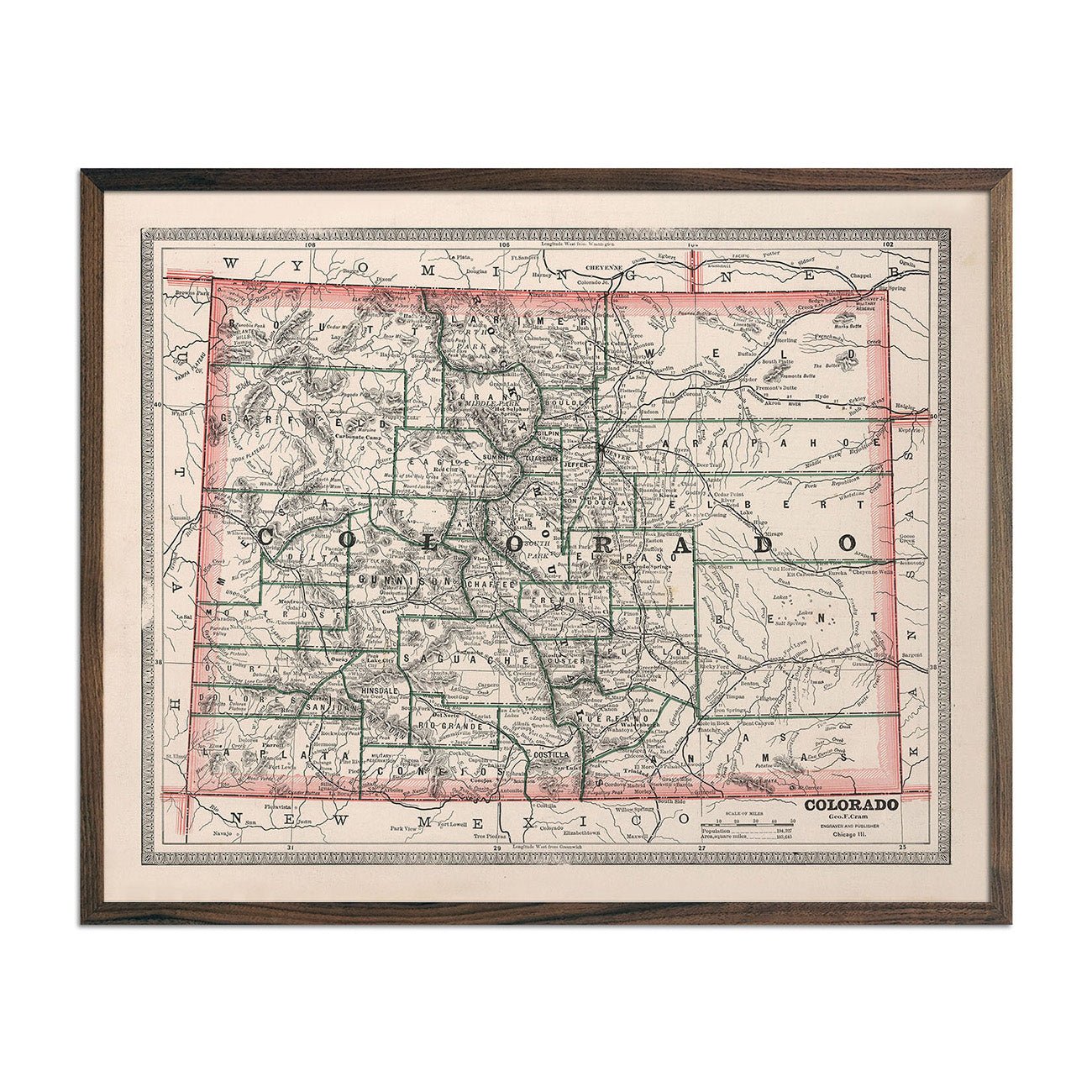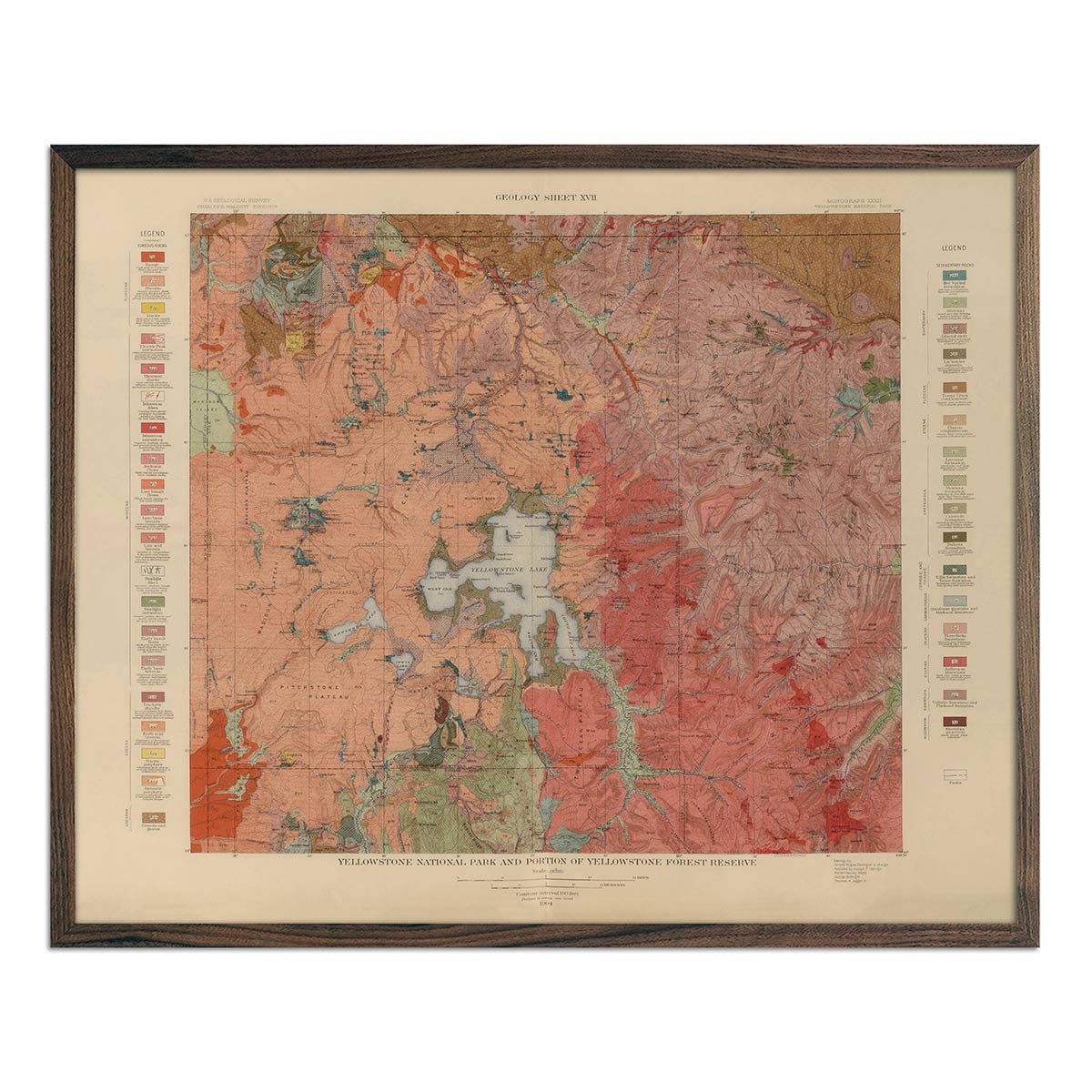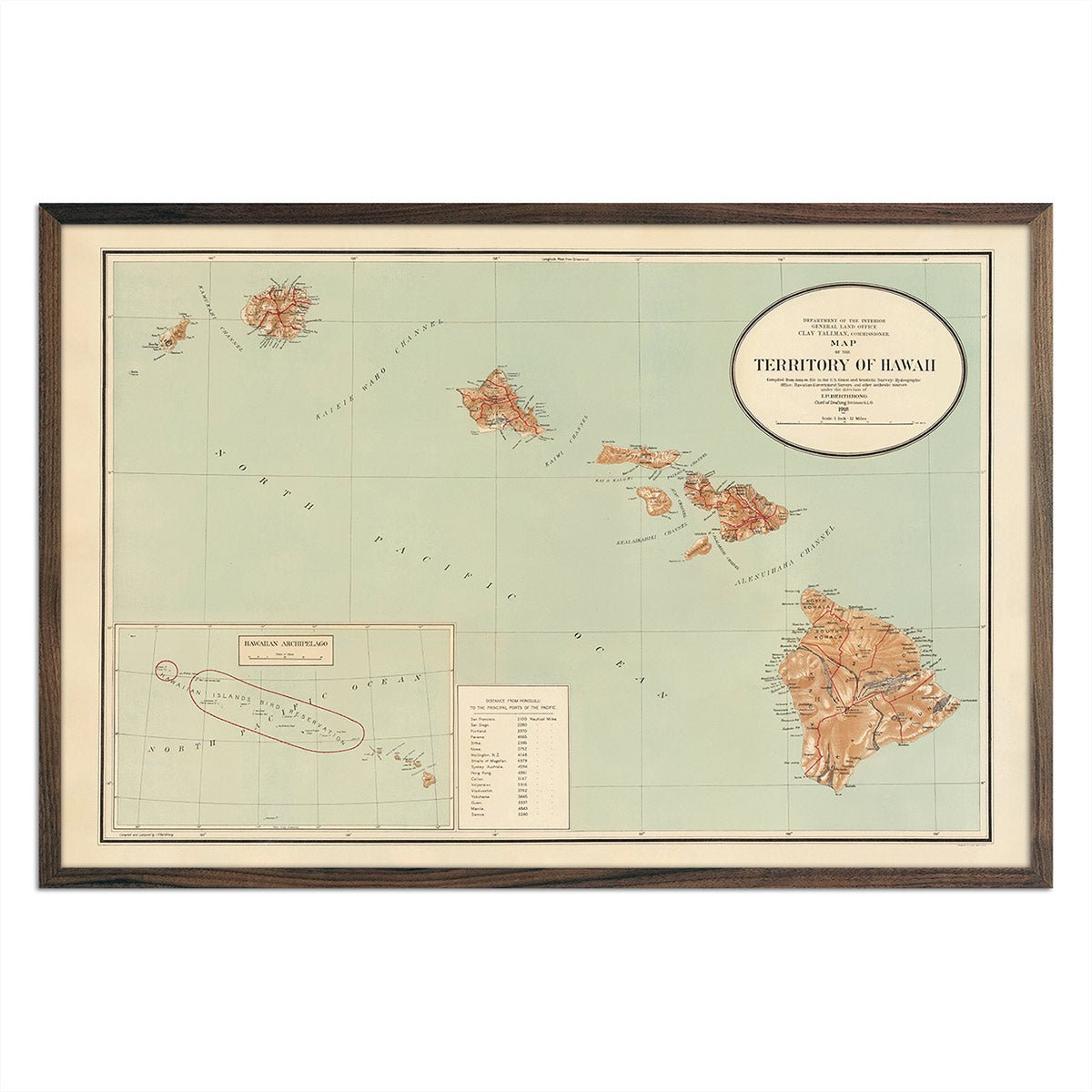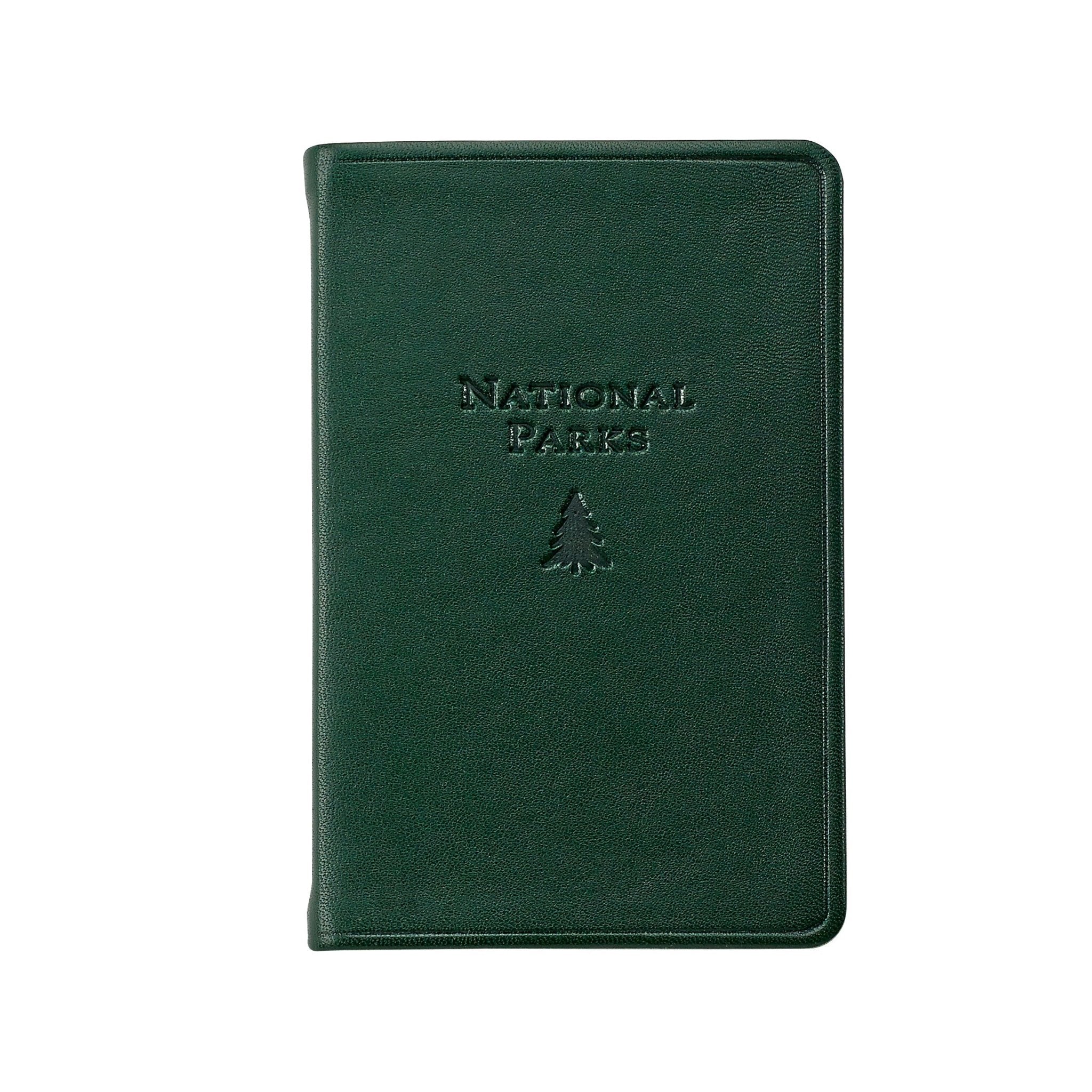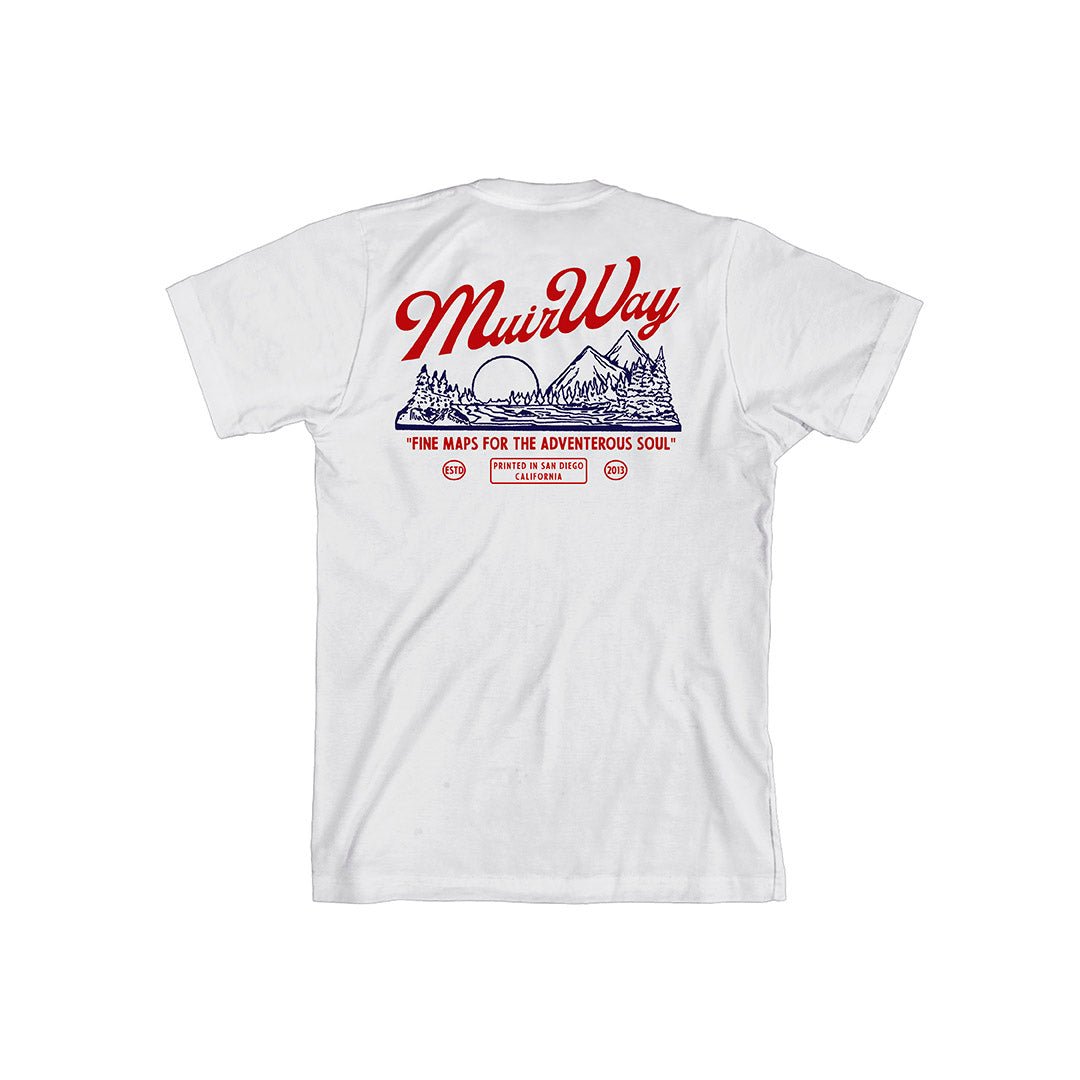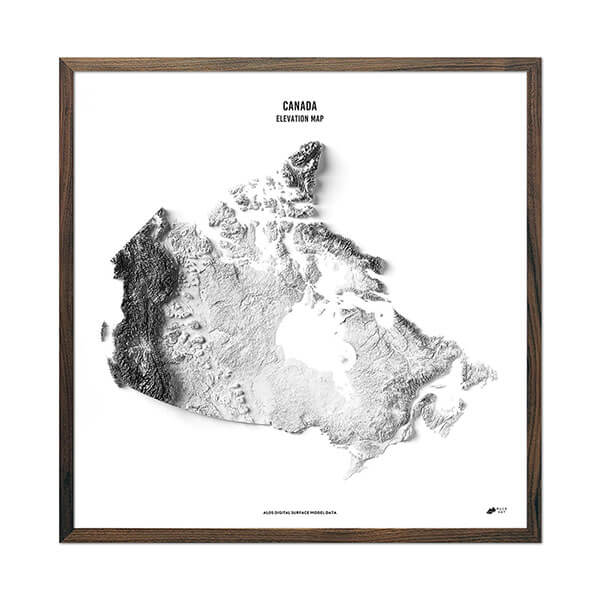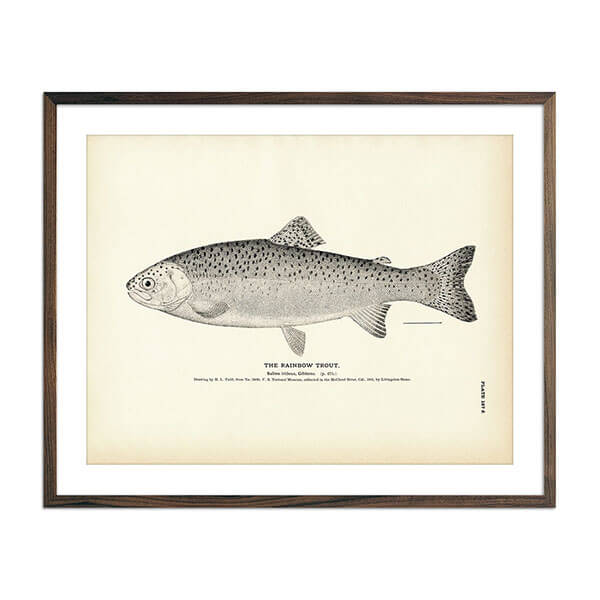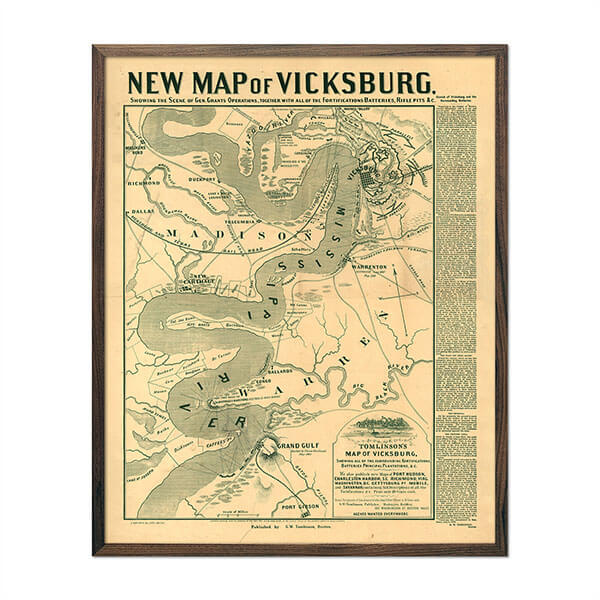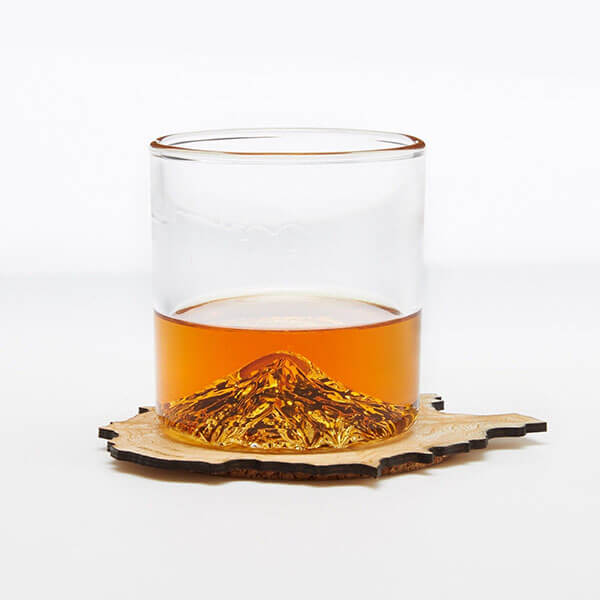Why Relief Maps Connect Us to Mountain Landscapes

Running your fingers across a raised relief map of the Rockies creates an immediate connection to those landscapes. After experiencing tactile relief maps, standard flat representations feel incomplete.
We spend most of our time looking at screens. Having a physical representation of dramatic mountain terrain provides a different kind of engagement. These maps spark conversations about past adventures and future trip planning. They keep the outdoor experience present in your daily environment.
Teachers have told me how relief maps transform geography lessons. Students grasp watershed concepts and elevation changes when they can trace ridgelines with their fingers. The tactile element makes abstract geographic concepts tangible and memorable.
Understanding America's Mountain Systems
America's mountain ranges each tell distinct geological stories. Understanding their characteristics helps you choose relief maps that capture what makes each system unique.
Western Mountain Systems including the Rockies, Sierra Nevada, and Cascades are geologically young ranges with dramatic elevation changes. Their steep terrain and complex ridge systems show beautifully on 3D relief maps. You can trace major trail networks and understand why certain mountain passes became historically significant.
Eastern Mountain Systems like the Appalachians represent some of Earth's oldest mountains. Millions of years of weathering have worn them into gentler profiles, but their stories remain fascinating. Relief maps reveal the ancient ridgelines that guided early American settlement and continue to define state boundaries.
Isolated Mountain Ranges such as the Black Hills or the Adirondacks represent unique geological events. These ranges often make compelling standalone pieces because they rise dramatically from the surrounding terrain.
Exploring America's Peaks State by State
Colorado: Home to America's Highest Peaks
Colorado holds something special—58 peaks over 14,000 feet. No other state comes close to that number. You'll find classic Rocky Mountain terrain here, along with the Sangre de Cristo range and the unique landscapes of the Colorado Plateau.
I love how our Colorado 3D relief maps show you what happens when you drive into Denver from the east. The Front Range just shoots up from the plains like a wall of peaks. You can see them from miles away on a clear day.
The Continental Divide becomes real when you can trace it with your finger on these maps. Water flowing down the western slopes heads to the Pacific. Everything on the eastern side makes its way to the Atlantic. You're literally touching the geographic feature that splits a continent.
California: Where Mountains Meet Extremes
California's mountain story is all about variety. The Sierra Nevada holds Mount Whitney, which happens to be the tallest peak in the lower 48 states. Then you have the Coast Ranges that create those famous valleys where California grows so much of our food.
You can see on our California 3D relief maps how lopsided the Sierra Nevada mountain range is. The western side slopes up gently from the Central Valley. But the eastern face? It drops like a cliff into the Owens Valley. If you've ever driven Highway 395 up the eastern Sierra, you know exactly what I mean. That wall of mountains is absolutely imposing.
Montana: Big Sky Country's Backbone
Montana's chunk of the Rockies includes Glacier National Park and some of the most untouched wilderness you'll find anywhere. The Continental Divide snakes through Montana for more than 800 miles. It created natural boundaries that determined where wildlife migrated and where people eventually settled.
What I love about the Montana raised relief map is how it shows you the sheer scale of this landscape. The mountains here aren't just tall—they're massive and spread out across incredible distances. When you run your fingers across a Montana relief map, you start to understand why they call it Big Sky Country. The terrain explains everything about how this state developed and why so much of it remains wild.
Washington: Where Fire and Ice Shaped the Land
Washington gives you two completely different mountain experiences. The Cascades feature volcanic giants like Mount Rainier and Mount Baker. Over on the Olympic Peninsula, you have mountains carved by entirely different forces.
Our Washington 3D raised relief map tells this fascinating weather story. The western slopes catch all that Pacific moisture and turn into temperate rainforests. Head east of the mountains, and everything gets much drier. You can feel this climate divide when you run your fingers across the elevation changes.
Mount Rainier deserves special mention here. This mountain absolutely dominates everything around it. When you feel its bulk on a relief map and see how glaciers radiate out from the summit, you understand why Seattleites can spot it from 60 miles away on clear days.
Choosing Between 2D and 3D Relief Options
Your choice between 2D topographic maps and 3D raised relief maps depends on intended use and desired connection to these landscapes.
2D Topographic Maps provide precise detail essential for trip planning and navigation. When preparing backcountry adventures, you need exact information about terrain steepness, water sources, and trail connections. Contour lines deliver accurate elevation data crucial for serious outdoor planning.
3D Raised Relief Maps offer immediate visual understanding and emotional connection to landscapes. They excel for education and home display. They provide comprehensive views of how mountain systems function as complete units. Raised surfaces make watershed boundaries obvious and explain regional development patterns.
Many customers choose both types. 2D maps serve detailed reference and planning needs. 3D versions provide immersive experiences that bring landscapes into living spaces. Both serve different purposes equally well.
The History Behind American Mountain Mapping
Early mountain mapping represents some of history's most ambitious projects. U.S. Geological Survey teams starting in the 1870s carried heavy equipment up unnamed peaks. They used triangulation methods to create foundational geographic data we still use today.
Survey teams spent entire seasons in remote areas mapping places like the High Sierra and Alaska's wilderness. Their dedication created the geographic foundation for every quality relief map produced today.
Many relief maps incorporate design elements from historical surveys. Classic USGS typography and color schemes have become iconic in American cartography. This honors mapping traditions while using modern production techniques.
Making Mountain Experiences Part of Daily Life
Relief maps offer unique ways to keep mountain landscapes present in your daily environment. They serve as both decoration and inspiration. They maintain adventure connections between trips while supporting future exploration planning.
We print and frame all maps in San Diego using American-sourced materials. Our packaging materials are recycled or recyclable. We minimize environmental impact on the places we celebrate.
Whether you connect with the sharp Teton peaks, rolling Blue Ridge ridgelines, or volcanic Cascade summits, relief maps bring these landscapes into your home. From towering fourteeners to gentle ridge systems, these maps transform how you remember and connect with America's mountain heritage.
Browse our complete selection of state-specific relief maps and discover which peaks resonate with your adventures.
Explore our mountain range collection and keep your favorite landscapes within daily reach.
Your adventures deserve permanent representation in your living space. These maps make that connection tangible every day.


